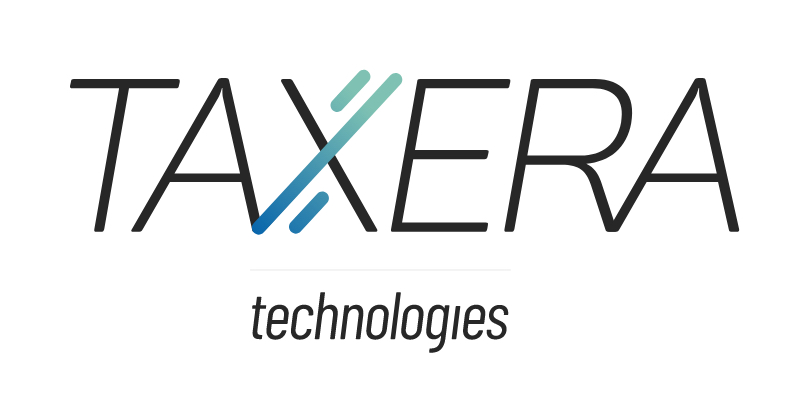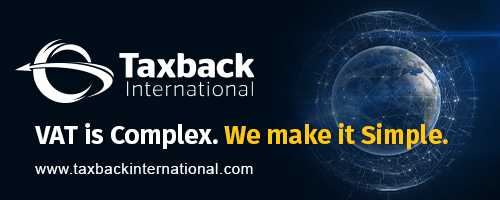On 24 January 2019, Advocate General WAHL gave its opinion in case C‑1/18 (Oribalt Riga) regarding the question how the customs value must be determined. Although customs related, the customs value is also important for VAT, as it is the basis for the value to be used upon the importation of goods.
Facts (simplified):
SIA Oribalt Riga (formerly SIA Oriola Riga, ‘Oribalt Riga’) and the Indian company Ranbaxy Laboratories Ltd (‘Ranbaxy Laboratories’) entered into a consignment contract. Under that contract Oribalt Riga was to provide Ranbaxy Laboratories with consignment services in Latvia, including the provision of storage space for goods and of handling services for processing orders from Ranbaxy Laboratories’ customers in Latvia, Lithuania and Estonia.
Oribalt Riga imported the goods (medicines) into Latvia for free circulation in the internal market. In the course of the customs procedure, Oribalt Riga stated in the customs documentation that it was both the recipient and the declarant. It calculated the customs value of the imported goods, using pro forma invoices drawn up by Ranbaxy Laboratories for customs purposes and submitted them to the customs authorities. The pro forma invoices indicated the type of imported goods, the item, the unit market price and the total price.
The imported goods were stored by Oribalt Riga but ownership did not change until they were sold to customers. Ranbaxy Laboratories determined to whom the imported goods were sold, the terms of sale, the sales price and the discounts applicable. Oribalt Riga received and processed the orders from Ranbaxy Laboratories’ customers. In that context, Oribalt Riga completed the invoices using the product sales price provided to it by Ranbaxy Laboratories in an authorised pro forma order.
The consignment contract stipulated that the goods with the shortest expiry date would be sold first. So several months could elapse between the import and the sale of the goods. Consequently, the sales value of the goods in question at the time of sale could differ from their declared value at the time of import. The actual sales price of the goods was also affected by the discounts which Ranbaxy Laboratories granted to customers.
Once the goods had been sold, Ranbaxy Laboratories issued Oribalt Riga with new invoices for the goods sold.
The Latvian customs authorities carried out customs inspections and other tax inspections in respect of Oribalt Riga. They argued that the value of the goods had to be determined on the basis of the sales price, taking into account the type of goods, item, unit price and total price, stated in the invoices issued by Ranbaxy Laboratories to Oribalt Riga following the sale of the goods in question to Ranbaxy Laboratories’ customers. The contested decision also stated that the price to be taken into account had to be the sales price of the goods listed in those invoices, without the discounts given by Ranbaxy Laboratories to its customers.
The Latvian Court asked the following questions to the ECJ (simplified):
- Where the imported goods are medicines, for the determination of the the customs value of the imported goods, must it be considered that similar goods are those medicines whose active ingredient and the quantity thereof are the same (or similar) or, rather, in order to identify similar goods, must account be taken of market position as well, that is to say the popularity and demand, of the imported medicine in question and of its producer?
- Must the discounts be taken into account when determining the customs value of the imported goods?
Considerations:
In determining the customs value of imported goods, first and foremost the ‘transaction value’ method is used. By dint of that method, the amount of customs duties (as well as import value added tax (VAT)) is determined on the basis of the actual price paid or payable to the seller at the time of export to the European Union.
However, that method can only be applied where a sale of the goods in question has already been concluded at the time the customs declaration is made. In other cases, such as a sale on consignment, the transaction value method cannot be used. EU law provides for five other ‘fall back’ methods in such circumstances which are to be used sequentially in the order provided in the relevant legislation.
Application of those methods is not always without difficulty. In calculating the customs value, a number of details must be considered. In addition, those details must be applied uniformly throughout the European Union in order to avoid forum shopping by importers.
The questions referred for a preliminary ruling by Latvian Supreme Court deal with the factors relevant to calculating the customs value in accordance with the alternative methods of customs valuation in Article 30(2) of the Customs Code, in the special context of customs valuation of imported medicines. Given the significant value of medicines, the customs value determined might well, depending on the valuation method used, lead to a significant difference in customs duties or import VAT.
Conclusions:
The Advocate General is of the opinion that:
Where the customs value of imported goods, irrespective of their nature, is determined in accordance with Article 30(2)(b) of Council Regulation (EEC) No 2913/92, in order to identify similar goods, customs authorities are to consider primarily whether the goods perform the same functions and whether they are commercially interchangeable. To that end, a detailed assessment, depending on the specific nature of the goods in question, is to be undertaken taking into account all the elements of such goods that may affect their economic value.
When the customs value of the imported goods is determined in accordance with Article 30(2)(c) of Regulation No 2913/92, the discounts granted, which determined the price at which the imported goods were in fact sold, cannot be taken into account.
Source: Curia















